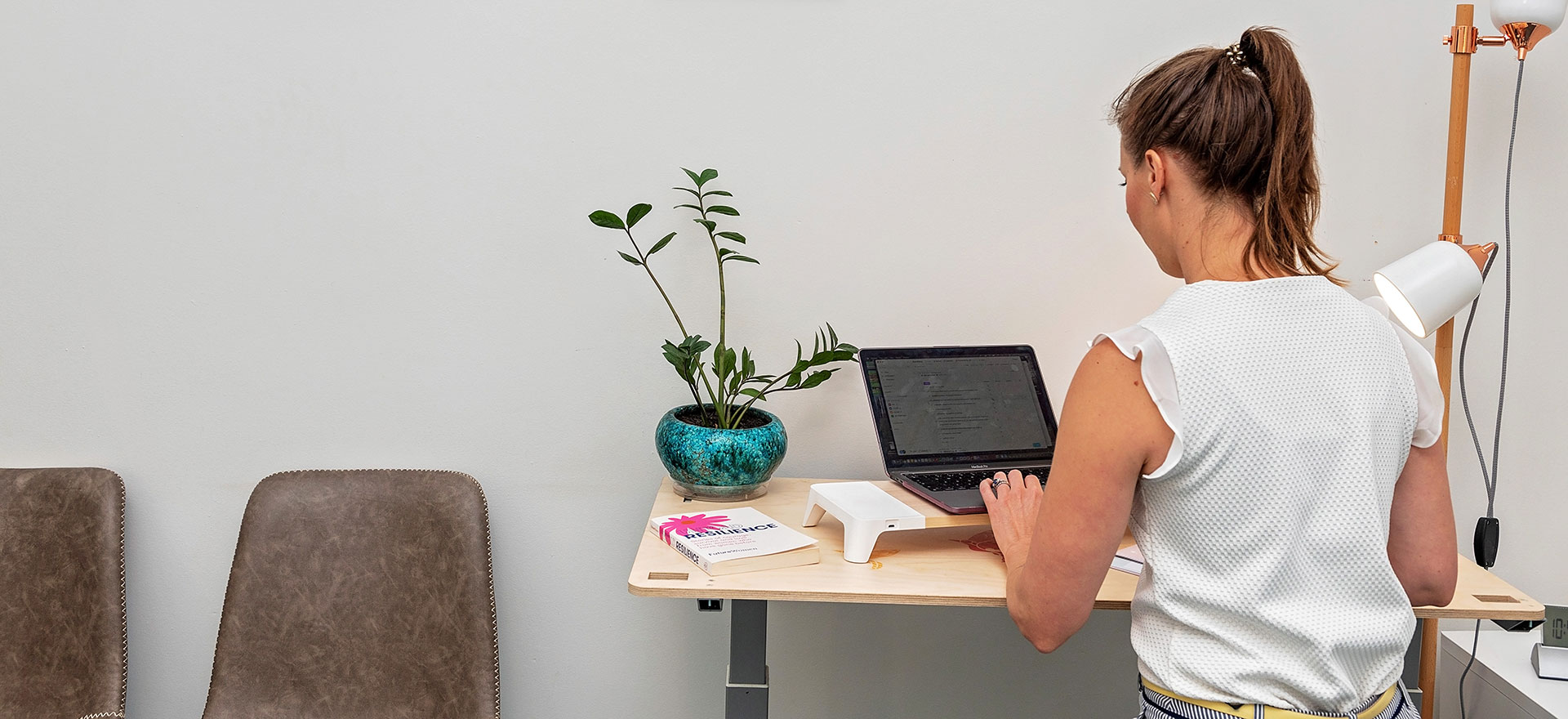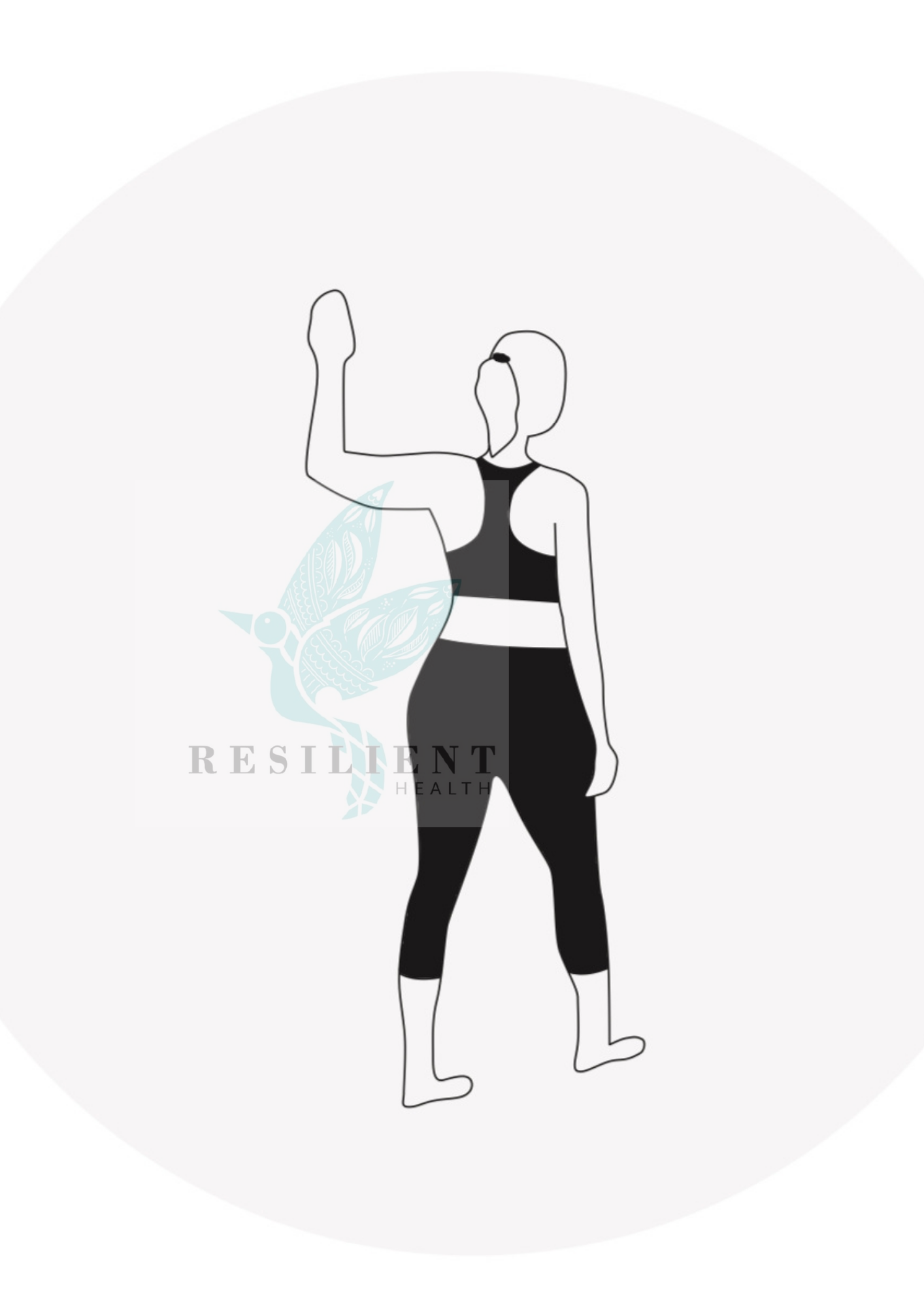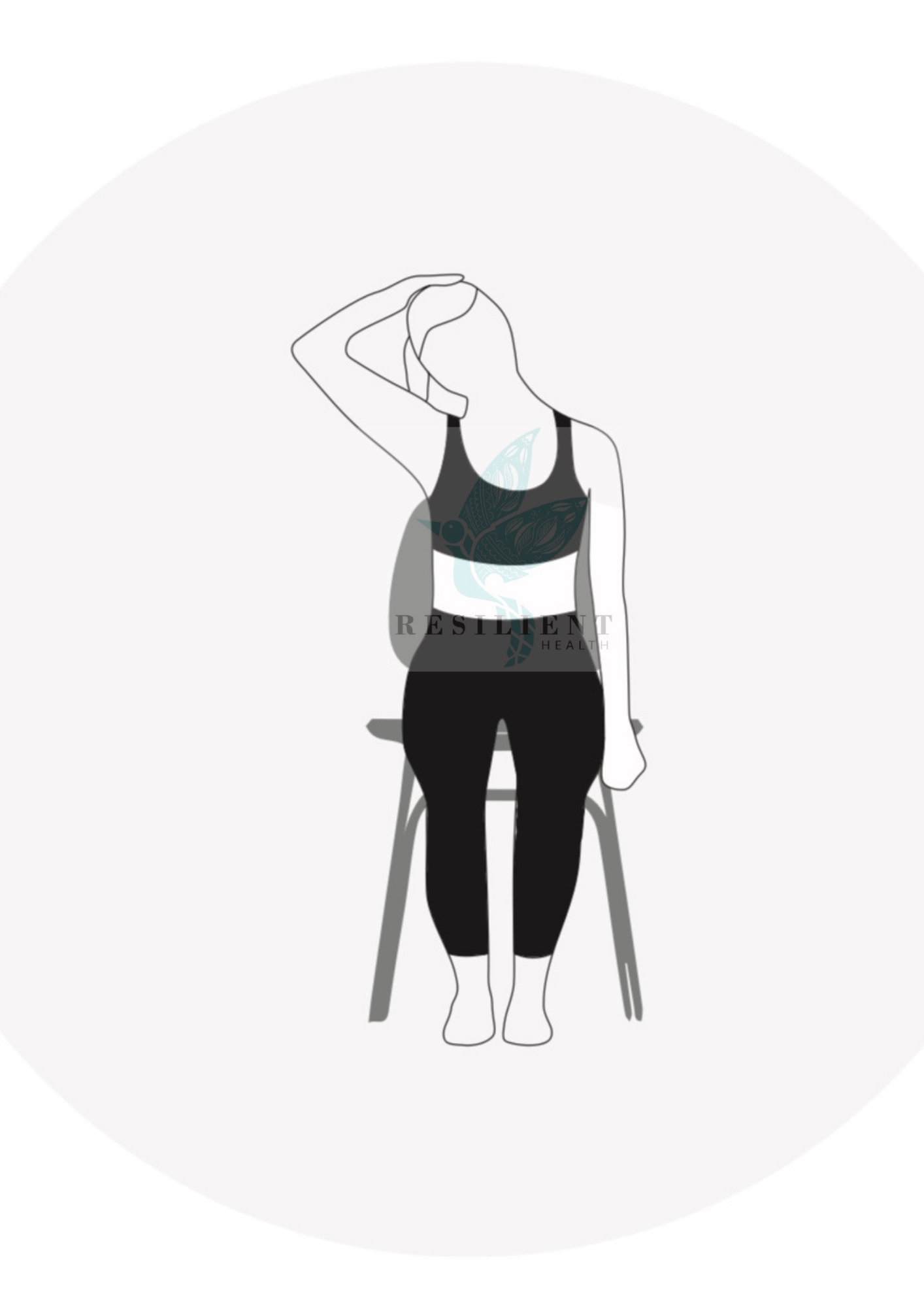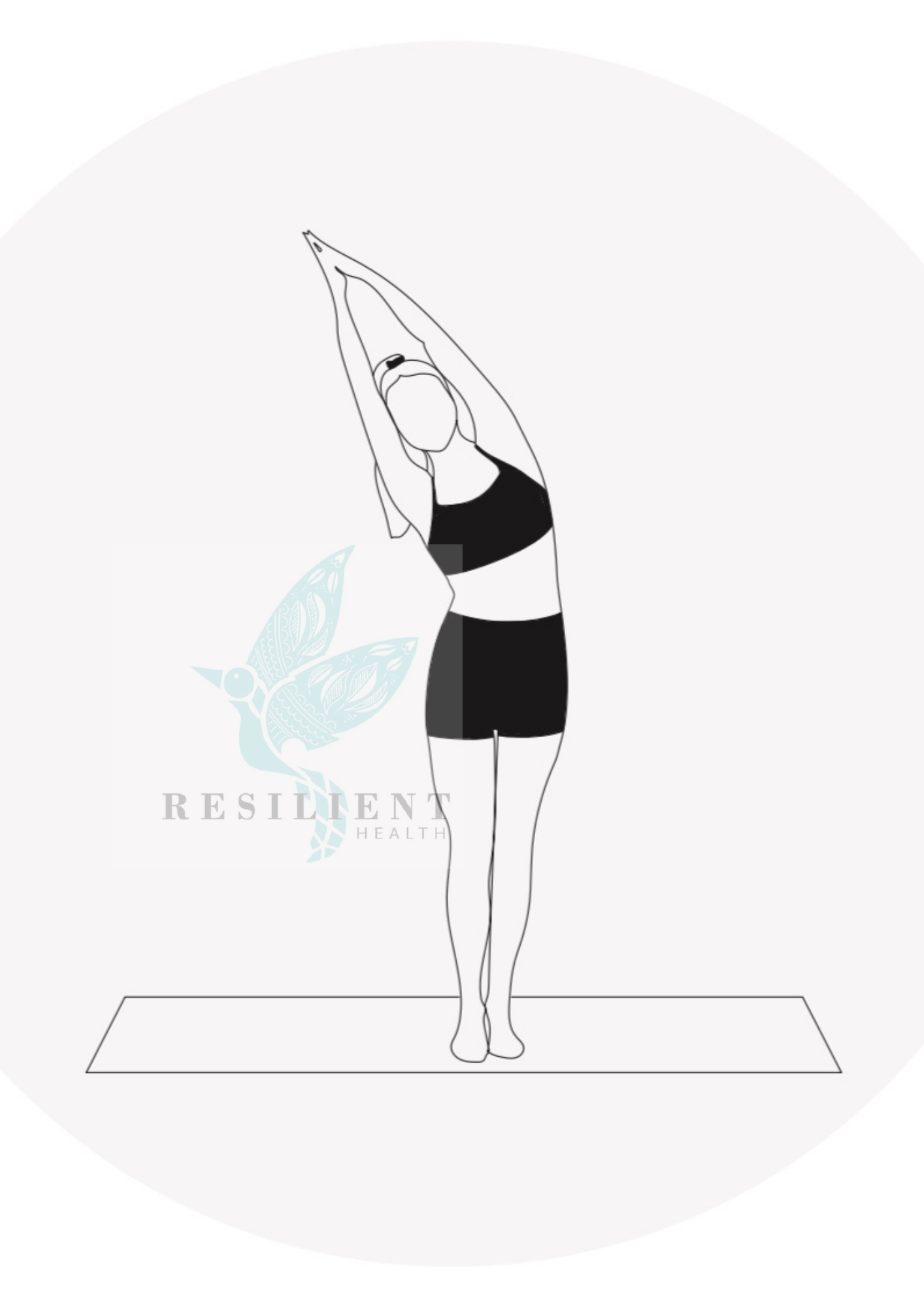Shoulder Pain IMPINGING on your life?
What is impingement when it comes to the shoulder and what can you do about it?
Written by Our Resilient Health Osteopath Dr Courtnay Wood
Subacromial impingement is an umbrella term for irritation and inflammation in the subacromial space located at the apex of your shoulder. Usually aggravated be overhead repetitive movements, the tissues and structures, including the subacromial bursa, rotator cuff or bicep tendon, in the space can become squished and compressed resulting in pain, inflammation and discomfort.
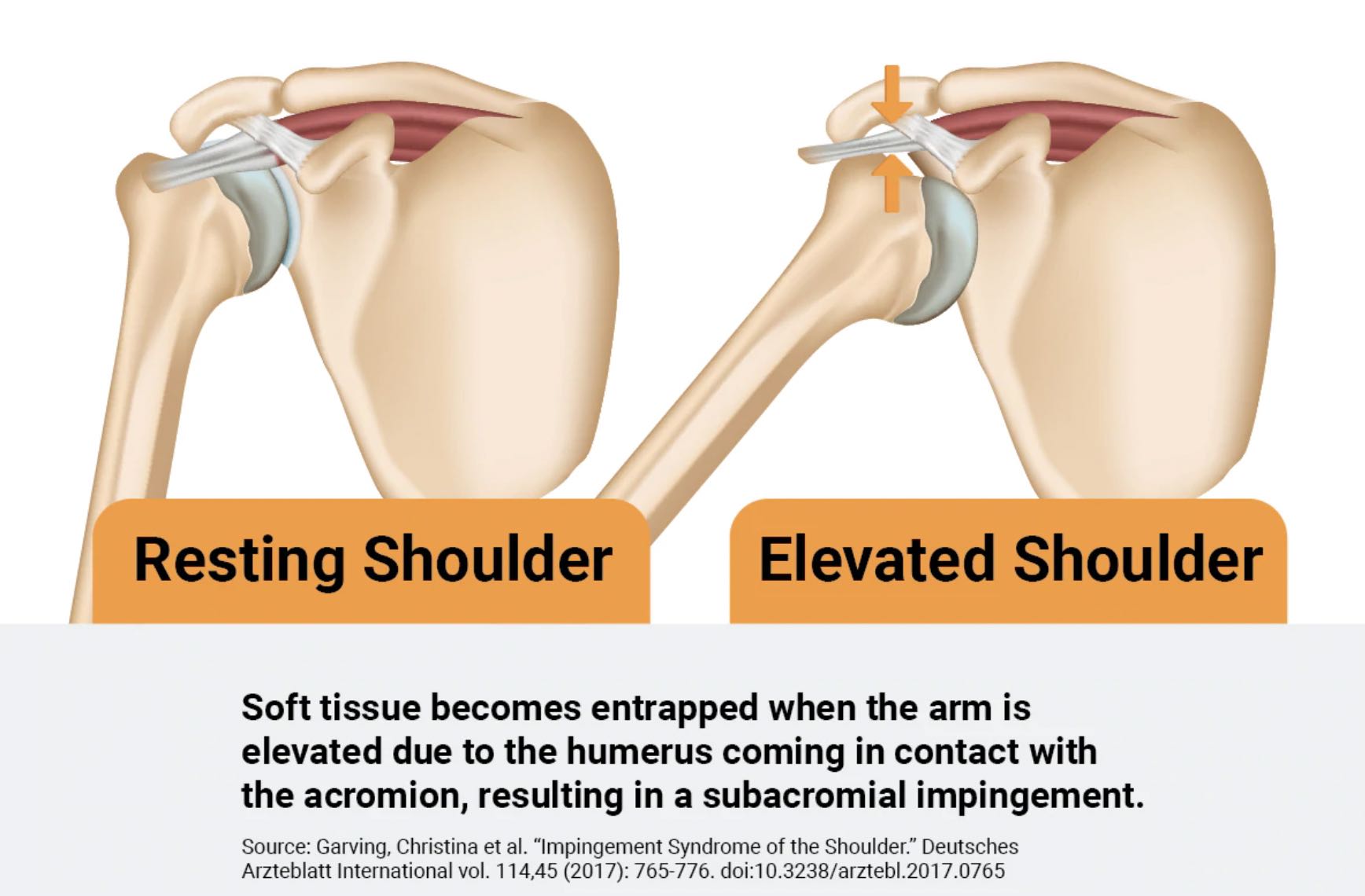
Symptoms of subacromial impingement include:
- Shoulder pain
- Difficulty lying on affected side
- Weakness
- Decreased shoulder mobility
- Associated stiffness and/or pain through the upper arm and neck
How can I help relieve my symptoms?
First and foremost...
Stretches
Often, shoulder issues are a result of an imbalance between those muscles and tissues acting on or connecting around your shoulder. Stretching your pec muscles in the door way, upper trapezius muscles, paravertebral muscles and latissimus dorsi muscles is helpful in decompressing the area.
Pec stretch
Standing in the doorway
With your arm at a 90º angle to your shoulder, place your forearm up against the doorframe, with your elbow bent to 90º
Step forward with the opposite leg and twist your body away from your arm slightly
You should feel a stretch through the front of your chest
Hold for 30 seconds and repeat on the opposite side.
*Wanting something a little more passive??
Try this one below (make sure that your head is resting on the foam roller.) 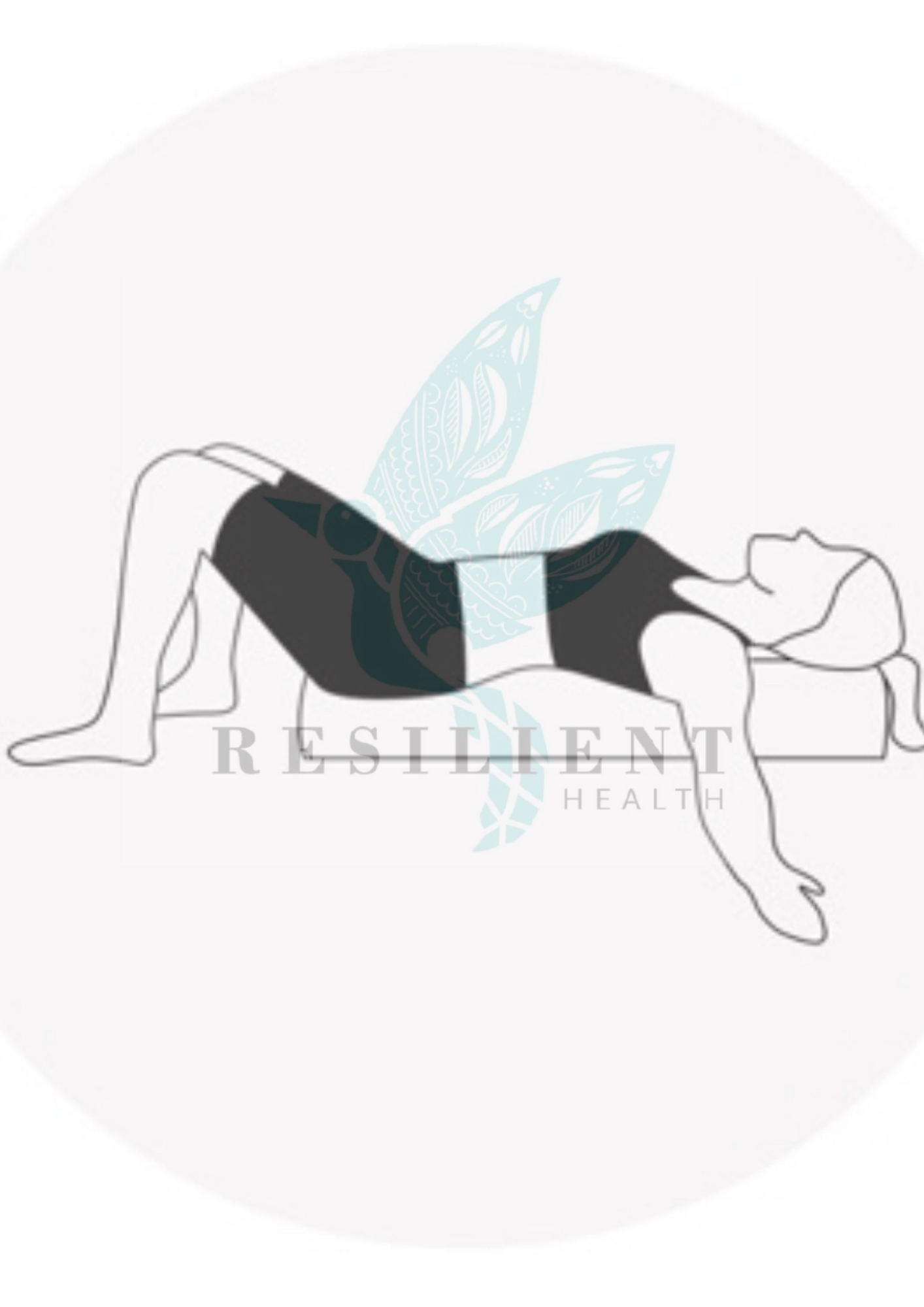
Speaking of passive.... why not try a:
Child’s pose
On the floor, on all 4’s
Slowly sit back on your heels, keeping your arms stretched out in front of you.
Your body will naturally fold, so that your head is touching the floor
You can release your toes so your tops of your feet are flat on the ground.
Knees facing more outwards or underneath you... totally up to you!
Hold for 30 seconds
Upper trapezius stretch
Seated
Bring the opposite arm over your head with your palm flat over your ear
Using this arm, gently pull your head away from the affected side until you feel a stretch
Hold for 30 seconds and repeat on the opposite side
If you notice you affected shoulder shrugging up and aren’t getting enough of a stretch, place that hand behind your back or under your bottom. This will stop the shoulder from shrugging up.
Lats stretch
Standing (can be near a wall)
Raise the affected side arm up by your ear
Gently tilt your body to the opposite side of your raised arm, lengthening through your torso as you feel the stretch along your side-body
Hold for 30 seconds and repeat on the opposite side
*Sometimes we like to lean off the door frame for this one to change the direction of the stretch along. our side-body!
Posture. Is a BIG one! AND Postural AWARENESS
Adjusting your posture while seated and standing plays a functional role in lengthening through the front of your body and activating through the back, thus providing space for the structures in the subacromial space to move freely.
SIMPLY: CHECK IN with your body with a quick body scan. Are your ears over your shoulders and your arms huggling close into your sides?
Postural awareness is important, as our bodies are very clever and preserve energy. This means, that when we are "used-to" a task or not concentrating, or haven't perfectly practiced a movement, it will get there the EASIEST way. Mostly this is okay, but when we are tired, moving repetitively, lacking sleep and so on, we can move in suboptimal ways and create irritation. Our brain is also VERY good at protecting us, so commonly after an injury, or even after this irritation has occurred, we intuitively ADAPT our movement away from the optimum. We can continue to move this way, even after the original cause of irritation has been removed/stopped.
(Refer to anti-fragile hacks for your posture part 1 for step by step instructions on seated and standing posture)
We also love the stability disc:
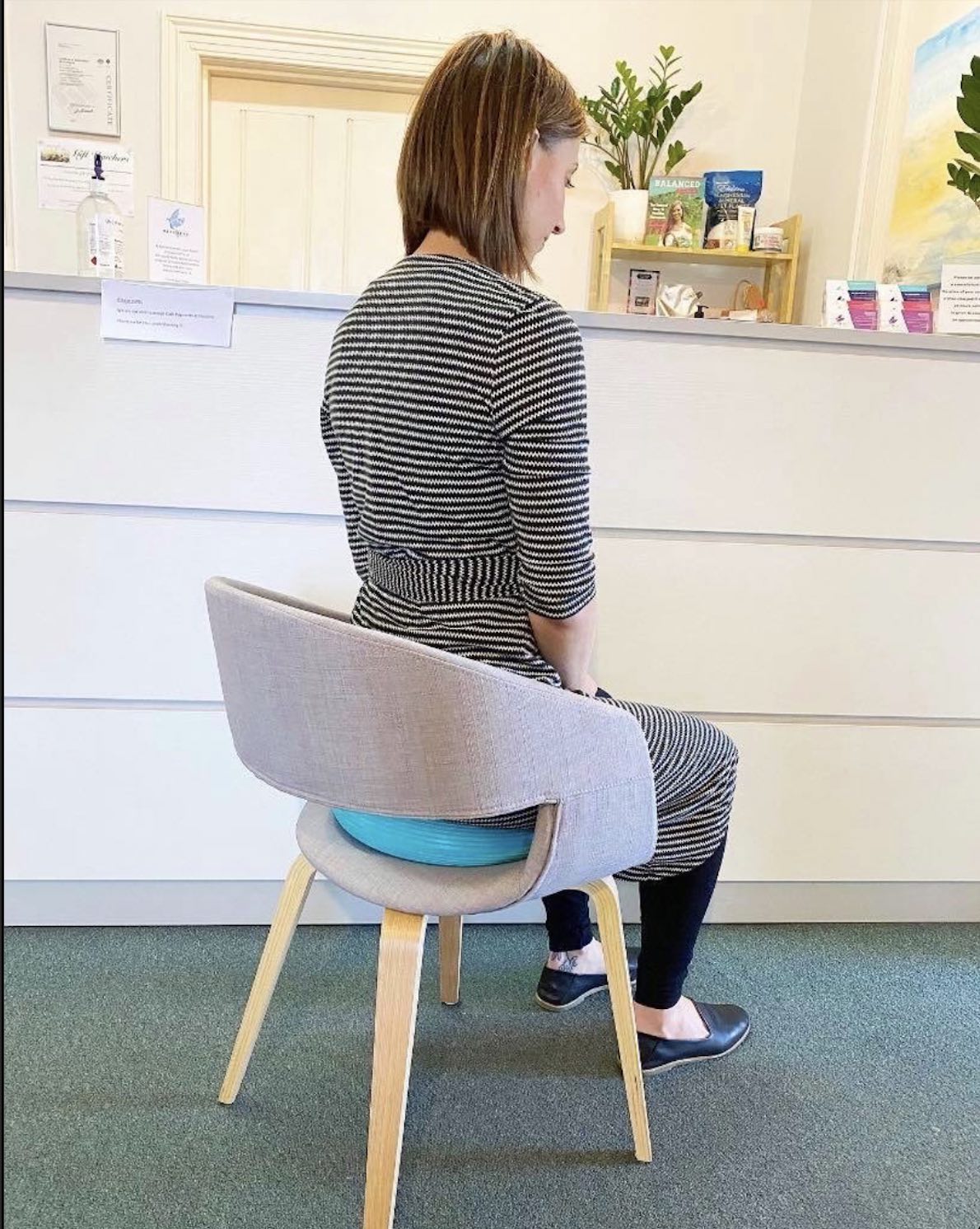
And finally....
Strengthening (and control)
Knowing where your shoudler (and well... arm) movement is meant to be coming from, is important in the optimal use of everything you've got!
Strengthening and training control through all of the ranges of the shoulder- under the supervision of your Resilient Health team, a clinical instructor (i.e. pilates, exercise physiology or movement class)- ensures the surrounding muscles are supported and can maintain all those fun activities you love to do without rapid muscle fatigue and irritation.
See you in the clinic!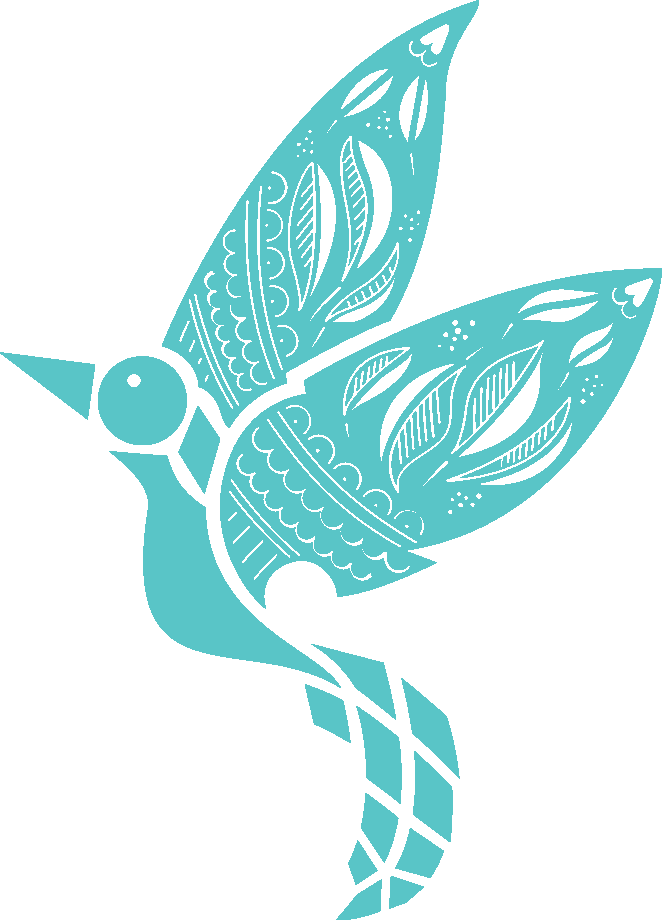
The Resilient Health Team
References:
https://orthoinfo.aaos.org/en/diseases--conditions/shoulder-impingementrotator-cuff-tendinitis
Image cited in image and aquired from: https://medcline.com/blogs/shoulder-pain/best-sleeping-position-for-shoulder-impingement
